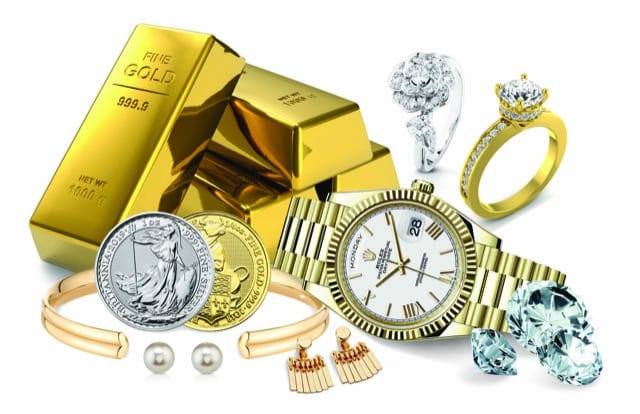The Timeless Attraction of Precious Metal as a Timeless Asset in a Changing Financial Landscape
Gold has been a precious asset for millennia of centuries, and its attraction continues to persist in today's ever-changing economic landscape. Many individuals view this metal as a secure option, especially during periods of instability. Unlike fiat currency, which can diminish value due to inflation or financial instability, this asset tends to maintain its value. This trait makes it an attractive choice for those looking to invest seeking to safeguard their wealth. As economies change and markets become unpredictable, gold remains a dependable option for those wanting security.One factor for this metal's lasting popularity is its cultural significance. Throughout history, gold has been used as a form of currency and a symbol of wealth. Ancient civilizations, such as the Egyptians and Romans, valued this metal for its aesthetic appeal and scarcity. Even today, many cultures still regard this metal as a sign of success and affluence. This deep-rooted tradition contributes to this metal's reputation as a reliable asset. Individuals often look to gold during economic downturns, as it has a track record of maintaining value when other assets may decline.
Another factor that boosts this metal's appeal is its finite availability. This metal is a limited resource, meaning that there is only a certain quantity available. This scarcity can increase up its value, especially when demand increases. Unlike stocks or bonds, which can be created in large quantities, this metal cannot be manufactured. This distinct quality makes it a protection against inflation, as its worth tends to rise when the purchasing power of money decreases. Individuals often buy gold to broaden their portfolios and minimize risk, knowing that it can act as a safeguard during turbulent periods.
In addition to its cultural and economic significance, this metal also has practical applications. It is not only a popular asset but also a key component in various sectors, including electronics, ornamentation, and dentistry. The need for gold in these fields can influence its market price. For example, advancements in tech have increased the demand for this metal in electronic devices, which can lead to increased prices. This twofold role as both an investment and a important material adds to this metal's appeal, making it a versatile investment in a changing economy.
Finally, the availability of gold has increased over the past decade, making it easier for people to invest in this valuable metal. With the growth of digital investment platforms and gold this article ETFs, people can now buy and sell this metal with just a few taps. This convenience has created the opportunity for more investors to consider gold as part of their investment strategy. As the financial landscape continues to evolve, gold remains a enduring asset that offers security, reliability, and opportunity growth for those seeking to protect their financial future.
